Influencer marketing has become an effective method for start-ups to establish their brand and reach new audiences. But what is influencer marketing? This type of marketing leverages individuals with a dedicated following, known as influencers, to promote products or services on social media platforms. Many startups also partner with agence influence marketing to drive significant brand awareness, engagement, and sales.
In this article, you will learn about its importance for startups, key strategies, and the role of AI technology in in 2025.
Part 1. Why Influencer Marketing Remains a Growth Engine for Startups in 2025
Influencer marketing strategy will continue to be a cornerstone of startup growth in 2025. According to reports, Global influencer marketing is expected to hit $250 billion in 2025, with an average ROI of 5.2 for every $1 spent by small and medium-sized enterprises (SMEs). Here are some more reasons you should consider influencer marketing. It offers:
Authentic engagement: Influencers build trust with their audiences.
Cost-effectiveness: Collaborating with the right influencers can deliver better ROI than paid ads.
Scalability: Startups can partner with multiple influencers for increased exposure.
However, you should always keep up with the evolving influencer marketing trends that are shaping the industry before trying any strategy to scale up your startup:
Emerging Trends:
1.Micro-influencers (10k-100k followers) dominate cost-effective campaigns.
2.UGC (User-Generated Content) is 3x more trusted than branded ads.
3.Short videos + live stream shopping drive 80% of conversions.

Part 2: Key Influencer Marketing Strategies for Startups
Before understanding influencer marketing strategies, you must understand two forms of influencer marketing: paid vs organic usage influencer marketing.
Paid: It involves paying influencers to create and share content with their audience. It allows for targeted reach, faster results, and measurable ROI through ads and sponsored posts.
Organic: It relies on influencers promoting a brand naturally, without direct payment, usually through authentic content like reviews or mentions. It builds trust over time, but it may take longer to see measurable results.
Here are different ways to use influencer marketing for start-ups:
1. Micro vs. Macro Influencers – Which one is right for your startup?
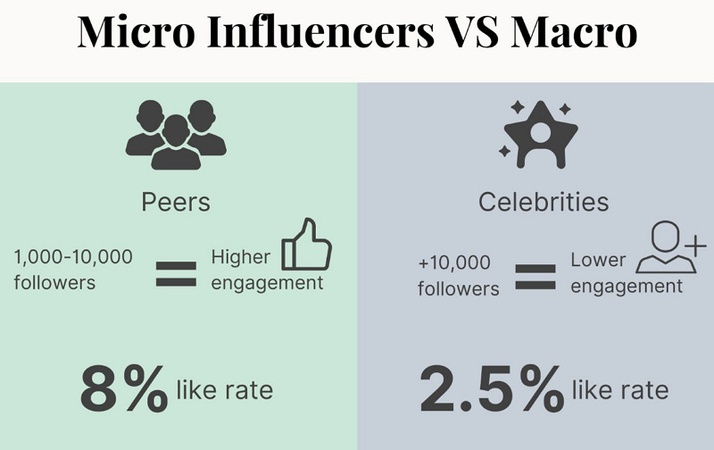
Micro-influencers (10K–100K followers) offer high engagement and niche targeting. While macro-influencers (100K–1M+ followers) provide greater reach, they can be expensive. So, selecting between the two depends on your goals.
However, startups often see better ROI with micro-influencers due to their engaged audiences and lower costs.
2. Building Long-Term Partnerships – Creating sustainable influencer collaborations
Another influencer marketing strategy is to focus on creating long-term collaborations. Instead of one-off sponsorships, startups should focus on:
1. Brand ambassadors: Engaged influencers consistently promote your brand over time, increasing brand loyalty.
2. Affiliate programs: Revenue-sharing models in which influencers earn commissions for driving sales. This is effective in B2B influencer marketing by targeting business clients and decision-makers.

3. Content that Converts – What type of influencer content drives the best ROI?
Startups must focus on UGC to maximize ROI from influencer marketing. But what is the definition of UGC in influencer marketing? It stands for User-Generated Content, which refers to images, videos, or reviews created by consumers rather than brands. UGC enhances authenticity and engagement, as buyers trust content from peers rather than celebrities.
Here are some other high-conversion content strategies:
Product Demos & Tutorials: Showcasing how to use a product through step-by-step guides helps potential customers visualize its value.
Giveaways & Contests: Engaging followers with exciting offers increases brand awareness and generates leads.
Exclusive Offers & Discount Codes: Influencers sharing special promotions create urgency and encourage immediate purchases.
Short-Form Videos: Creative, quick videos on TikTok and Instagram Reels capture attention and boost engagement.
Live Streams & Q&A: Real-time interaction creates urgency and drives conversions during live events.
Behind-the-Scenes Content: Personal, authentic content fosters deeper connections with followers and increases trust.
Here, it is also pertinent to explain "what is whitelisting and darkposting in influencer marketing?"
Whitelisting: When an influencer allows a brand to run paid ads using their content on the brand's media channels.
Darkposting: Sponsored content created by a brand that is not visible on the influencer's profile but is shown to a targeted audience through paid ads.
After setting goals for influencer marketing, you can go for the desired type of content.
4. Tracking & Optimizing Performance – How to measure success and refine your strategy
Analyzing ROI from influencer marketing requires tracking key performance indicators (KPIs), such as:
Engagement rate: Likes, comments, and shares.
Conversion rate: Percentage of followers who take action.
Customer acquisition cost (CAC): Comparing influencer expenses to customer revenue.
Using influencer marketing tools, startups can refine their strategies and ensure long-term success.
Part 3: The Role of AI in Influencer Marketing
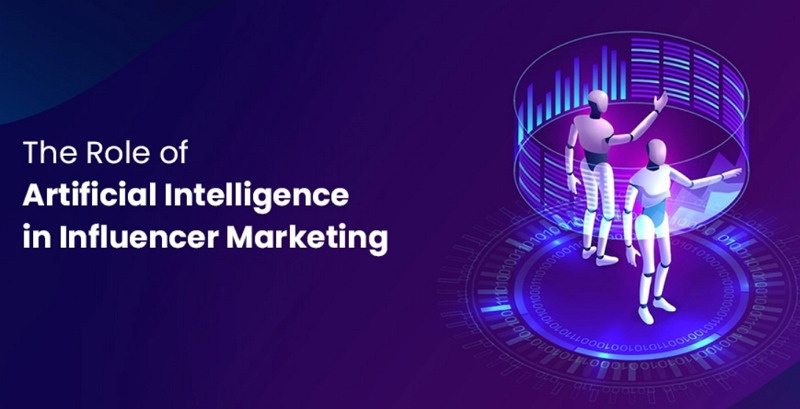
With technological advancements, Artificial Intelligence (AI) is reshaping influencer marketing by automating complex tasks and improving content personalization. According to the Influencer Marketing Hub Benchmark Report 2025, AI integration improves campaign outcomes for 66.4% of marketers.
Here is how to do influencer marketing in 5 minutes:
Find influencers according to your target audience
Set a budget and management strategy
Decide on campaign goals
Decide how to contact influencers
Review and refine your strategy
Now, let's go through the pros and cons of using AI in an influencer marketing society:
Pros:
![]()
-
Faster content creation
-
Search for the right influencers
-
Predicting trends and optimizing campaigns
-
Enhanced audience targeting
-
Analyzing audience engagement
Cons:
![]()
-
Over-automation reducing authenticity
-
Ethical concerns with AI-generated content
-
High competition among influencers
1. AI-Powered Translation & Voiceovers – How BlipCut helps influencers reach more audiences
As video content creation is the most important aspect of influencer marketing, AI tools like BlipCut Video Translator are revolutionizing how influencers reach and engage with a global audience. This advanced AI-driven tool is designed to help influencers by seamlessly translating and localizing video content.
Features:
-
User-friendly interface to upload videos or directly paste a URL
-
Best AI video translator online with AI voice cloning and lip sync
-
Capable of auto-translating your videos in over 140 languages
-
Create more than 1300 AI voiceovers in around 90 languages
-
Fast and precise video/ voice translation without syncing errors
-
Translate multiple videos at once into one or different languages
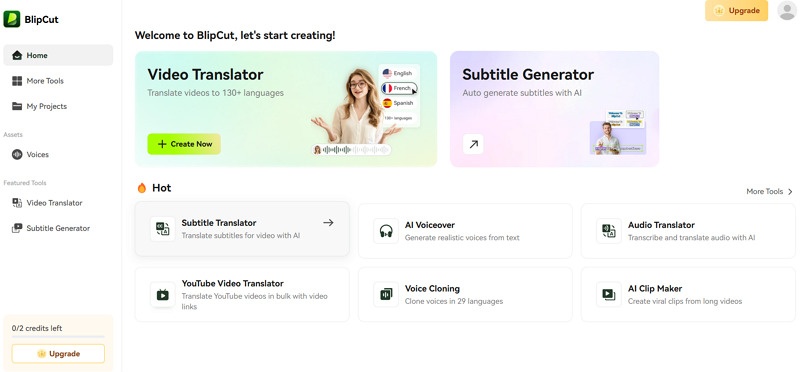
2. Automating Video Subtitles – Making influencer content more accessible
In addition to the translation and voiceover features, BlipCut Subtitle Generator makes influencer content more accessible by automatically generating accurate subtitles. This can help influencers achieve high accessibility, global reach, and improved engagement.
Features:
-
Generate and translate your video subtitles into the desired language
-
Let you customize subtitles, such as font, style, and alignment
-
Quick and accurate subtitle generation in SRT or VTT format
-
Download subtitles with precise timestamps for easy integration
3. Automated compliance audits (AI detects missing ad disclosures)
Automated compliance audits ensure that influencer marketing campaigns adhere to legal requirements, especially regarding ad disclosures. In this regard, Influencer Legal Hub is an automated solution that generates region-specific contracts. It ensures that influencer content complies with advertising regulations by automatically detecting missing or incorrect ad disclosures.
This platform leverages AI to scan content and verify that influencers have properly disclosed partnerships, such as using hashtags like #ad or #sponsored, which are essential for legal compliance. It provides ongoing monitoring of influencer content to ensure that any new posts meet legal requirements.
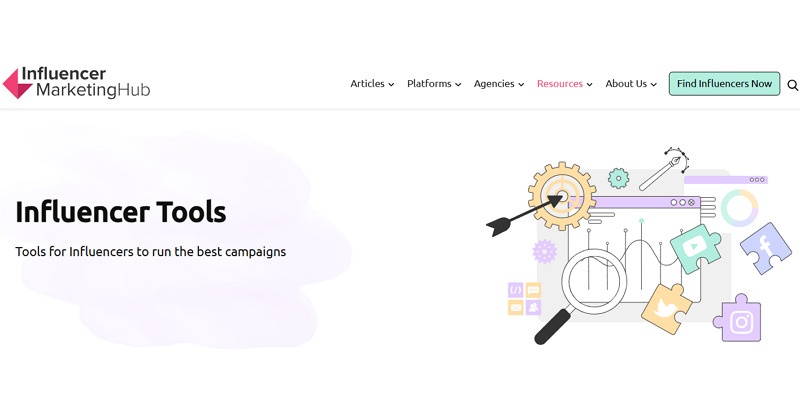
Part 4: The Best Tools for Startup Influencer Marketing
To help you navigate the best tools available for startup influencer marketing, here is a comparison table highlighting their importance across different categories:
| Category | Tools | Key Value |
|---|---|---|
| Influencer Discovery | Upfluence | 20M+ creator database with audience analytics |
| Content Production | BlipCut | 10x faster multilingual video localization |
| Analytics | Hootsuite | Cross-platform ROI tracking & benchmarking |
| Legal Compliance | Influencer Legal Hub | Auto-generate region-specific contracts |
Conclusion
As influencer marketing evolves, startups must stay ahead of trends to remain competitive. Whether you're an influencer marketing specialist, entry-level, or startup founder, understanding influencer marketing strategies, leveraging AI, using the right tools, and optimizing campaign performance are essential to build brand awareness and drive meaningful engagement.
However, to lessen the timeline for influencer marketing campaigns, try BlipCut Video Translator. It offers AI-powered video translations and subtitles, optimizing content for a global audience!
Leave a Comment
Create your review for BlipCut articles

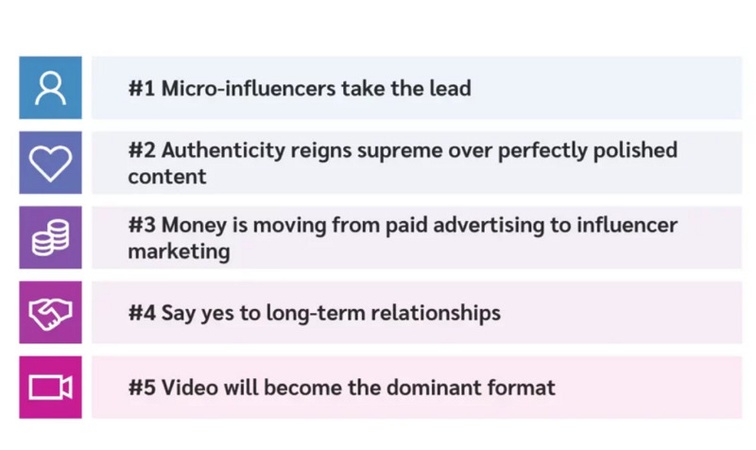
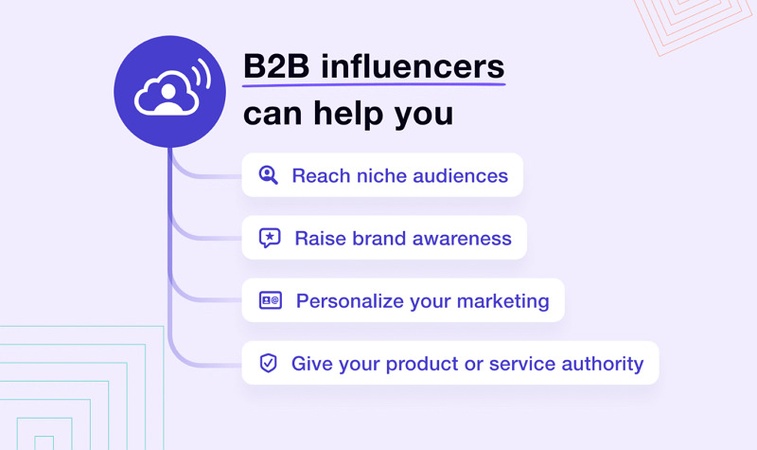




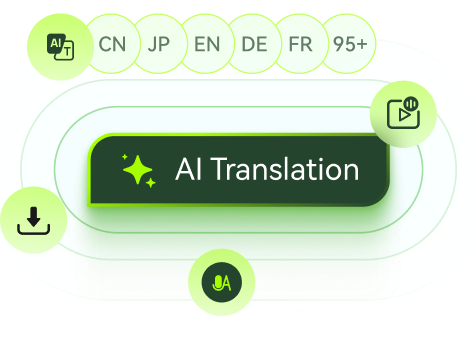
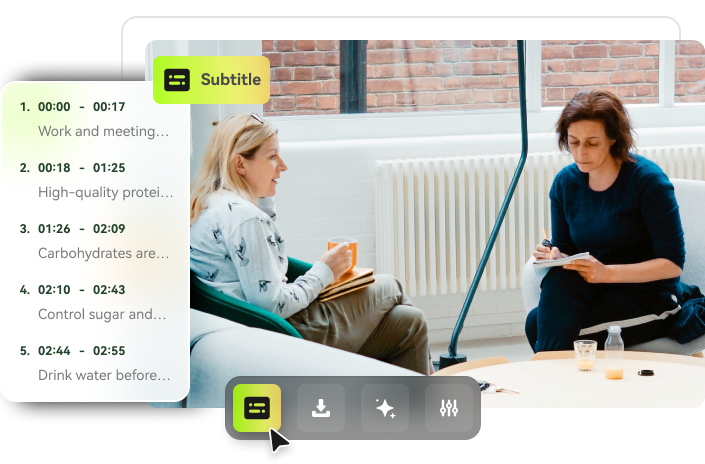
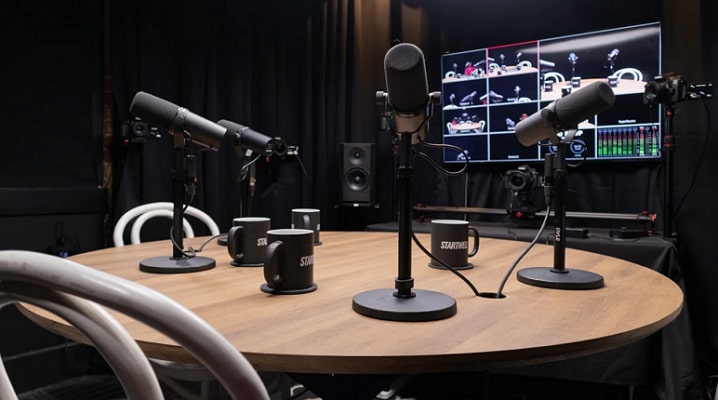
Blake Keeley
Editor-in-Chief at BlipCut with over three years of experience, focused on new trends and AI features to keep content fresh and engaging.
(Click to rate this post)